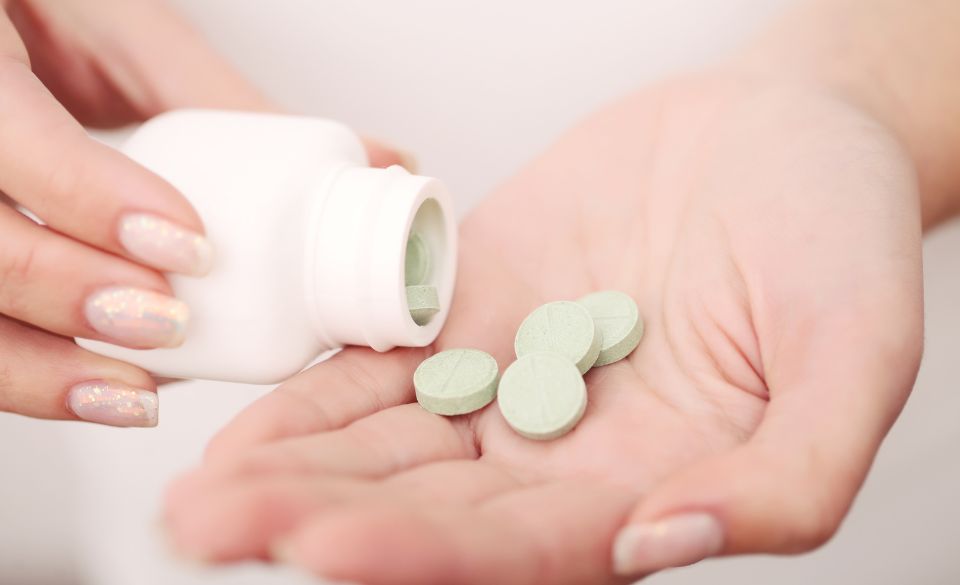
Salt Tablets For Triathletes – How Much Sodium You Really Need?
Page Contents
Triathletes are known for their incredible feats of endurance, pushing their bodies through swimming, cycling, and running in a single event. With such intense physical demands, proper nutrition and hydration are paramount. One aspect of this nutrition puzzle that has gained attention in recent years is the use of salt tablets. But how much sodium do triathletes really need, and are these tablets a game-changer or a fad? Let’s dive in and explore the science behind salt tablets for triathletes.
The Sodium Sweating Conundrum
Sweat and Sodium Loss
Before we delve into salt tablets, let’s understand why sodium is a concern for triathletes. When you’re engaged in prolonged physical activity, such as a triathlon, you sweat profusely. Along with water, you lose essential electrolytes, including sodium. Sodium plays a crucial role in regulating fluid balance, muscle contractions, and nerve function. Losing too much sodium can lead to dehydration, muscle cramps, and even hyponatremia, a dangerous condition characterized by low blood sodium levels.
A study published in the “Journal of the American College of Nutrition” found that sodium losses during exercise can vary widely among individuals, with some athletes losing as much as 7,000 milligrams (mg) of sodium per liter of sweat. This variability highlights the importance of personalized sodium replacement strategies.
Salt Tablets – Friend or Foe?
The Role of Salt Tablets
Salt tablets, or sodium supplements, are marketed as a convenient way to replace lost sodium during endurance events like triathlons. These tablets typically contain sodium chloride, the primary component of table salt. The idea is that by taking these tablets, athletes can prevent sodium depletion, maintain electrolyte balance, and potentially enhance performance.
However, it’s crucial to note that not all athletes require salt tablets. A study published in “Sports Medicine” suggests that the need for salt supplementation varies based on factors like sweat sodium concentration, sweat rate, and duration of exercise. Some individuals may naturally have higher sodium levels in their sweat, making them more prone to sodium loss and in greater need of supplementation.
Finding Your Sodium Strategy
Personalized Hydration and Nutrition Plans
So, how do you determine if salt tablets are right for you as a triathlete? The answer lies in personalized hydration and nutrition plans. Instead of a one-size-fits-all approach, consider these steps:
1. Know Your Sweat Rate: Calculate your sweat rate during training by measuring your weight before and after a workout. This will give you an estimate of how much fluid you lose through sweat.
2. Understand Your Sweat Sodium Concentration: Some athletes have sweat with higher sodium concentrations than others. A sweat sodium test can provide insights into your individual needs.
3. Experiment During Training: Try different hydration and sodium replacement strategies during your training sessions to see what works best for you. This can help you fine-tune your approach for race day.
4. Consult a Sports Nutritionist: For personalized guidance, consider consulting a sports nutritionist who can analyze your specific needs and design a nutrition plan tailored to your goals.
How to Incorporate Salt Tablets Wisely
Smart Sodium Strategies
If you’ve determined that salt tablets are a good addition to your triathlon nutrition plan, here are some guidelines to ensure you use them wisely:
Stay Hydrated: Remember that sodium alone won’t keep you properly hydrated. It works in conjunction with water. Ensure you’re drinking enough fluids alongside salt tablets to maintain optimal hydration.
Read Labels: Not all salt tablets are created equal. Check the sodium content per tablet and follow the dosage recommendations on the label. Overdoing it can lead to unwanted side effects.
Timing Matters: Plan when to take your salt tablets strategically. During a long race, it’s a good idea to start early and take them at regular intervals to prevent sodium depletion.
Consider Food Sources: Don’t rely solely on salt tablets. Incorporate sodium-rich foods into your pre-race and race-day nutrition. Foods like pretzels, salted nuts, and certain energy gels can help meet your sodium needs.
Listen to Your Body: Pay attention to how you feel during training and races. If you experience symptoms like muscle cramps, dizziness, or excessive thirst, it could be a sign of sodium imbalance. Adjust your sodium intake accordingly.
The Future of Salt Supplementation in Triathlons
Ongoing Research and Innovations
The world of sports nutrition is ever-evolving, and research into salt supplementation is no exception. Scientists and nutritionists continue to explore the intricacies of sodium loss during exercise and how to optimize sodium replacement strategies. Here are a few areas where ongoing research and innovations may shape the future of salt supplementation for triathletes:
1. Individualized Sweat Testing: Sweat sodium testing may become more accessible and sophisticated, allowing athletes to receive highly personalized recommendations for sodium intake during training and races.
2. Advanced Electrolyte Formulations: Companies that produce sports nutrition products are constantly improving their formulations to provide a balanced mix of electrolytes, including sodium, in easily digestible forms.
3. Real-time Monitoring: Wearable technology is advancing, and future innovations may include devices that can measure sweat composition in real-time, helping athletes make on-the-fly adjustments to their hydration and sodium intake.
4. Nutrition Integration: Integrated nutrition plans may become the norm, where athletes receive real-time recommendations for their sodium, fluid, and energy needs during a race, reducing the risk of sodium-related issues.
The Bottom Line
Customized Nutrition Is Key
Salt tablets for triathletes can be a valuable tool to prevent sodium depletion and maintain performance during grueling races. However, they are not a magic solution, and their effectiveness varies from athlete to athlete. The key to success lies in personalized nutrition and hydration plans tailored to your unique needs.
Remember that what works for one triathlete may not work for another, so take the time to understand your sweat rate, sweat sodium concentration, and individual requirements. Experiment during your training sessions to fine-tune your strategy, and consult with a sports nutritionist for expert guidance.
Ultimately, while salt tablets can be part of your race-day arsenal, they should complement a comprehensive nutrition plan that includes a variety of foods and fluids to keep you fueled and hydrated throughout your triathlon journey. By taking a thoughtful and personalized approach to your nutrition, you’ll be better equipped to conquer the challenges of triathlons and achieve your performance goals. Happy racing!



